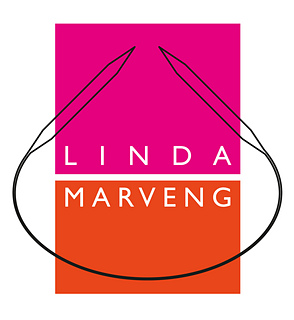patterns >  Linda Marveng's Ravelry Store and 3 more...
Linda Marveng's Ravelry Store and 3 more...
> Rorbye Cardigan

















Rorbye Cardigan
A classy and sophisticated knitted cardigan in a contemporary style. The waterfall bottom is created by knitting a sideways cable panel. To offset the cables, the body is all in stockinette stitch, with the exception of the cuff. Each sleeve begins in a sideways knitted cable panel. Leave it open, or pin the cardigan together at the front or in the side, if you prefer to wrap it all around you.
Sizes: XS (S, M, L, XL, 2XL)
Shown in size S
Skill level: Experienced
Finished measurements:
Bust (closed): 87.5 (93, 99, 110.5, 119.5, 129.5) cm/34.5 (36.5, 39, 43.5, 47, 51)“
Bottom width (incl waterfall width): 127.5 (133, 139, 150.5, 159.5, 169.5) cm/50.25 (52.25, 54.75, 59.25, 62.75, 66.75)”
Length: 73 (73, 74, 75, 76, 77) cm/28.75 (28.75, 29.25, 29.5, 30, 30.25)“
Sleeve Length: 49 (50, 50, 51, 51, 52) cm/19.25 (19.75, 19.75, 20, 20, 20.5)”
Yarn: Dale Garn, Eco Wool (70% wool, 30% alpaca, 50 g, 112 m/122 yds):
Sample is knitted in Grey Green: 19 (20, 21, 23, 25, 27) skeins;
2083 (2173, 2300, 2511, 2722, 2933) m/2278 (2376, 2515, 2746, 2977, 3208) yds.
Needles: 4 mm/US 6 circular needle (80 cm/32” and 40 cm/16”).
4 mm/US 6 DPNs.
Adjust needle size if necessary to obtain the correct gauge.
Notions: Markers (removable), cable needle (cn), waste yarn and 4 mm/US G/6 crochet hook for provisional cast-on, stitch holders and yarn needle.
Gauge: 21 sts and 28 rows in st st measures 10 cm/4” square.
44-st Cable panel measures 11 cm/4.25” across.
Notes: The lower body of this cardigan is worked from side to side. The upper body is worked back and forth in one piece from the pick up on the lower body to the underarm, then the upper fronts and back are worked separately. The sleeve cuffs are worked from side to side, then the sleeve is worked in the round to the underarm. The collar is worked back and forth in two pieces, with an interfacing part.
A circular needle is used to accommodate the large number of stitches.
345 projects
stashed
249 times
- First published: October 2017
- Page created: October 13, 2017
- Last updated: September 12, 2023 …
- visits in the last 24 hours
- visitors right now





